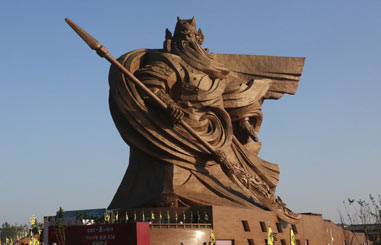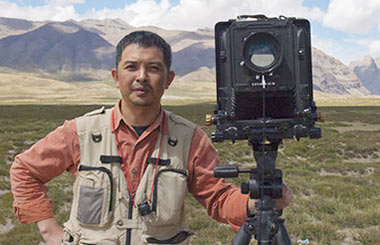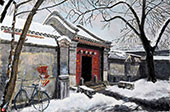People of the hutong: Commercialization, modernization impact hutong culture
By Ian Callison and Kyle Hodges ( chinadaily.com.cn ) Updated: 2016-07-25 14:18:50
 |
|
Nanluoguxiang is not the only hutong area that has seen the impact of rising hutong popularity. Many primarily residential hutong areas are now witnessing the steady creep of businesses and tourists.[Photo by Wang Zhuangfei/Asianewsphoto] |
"What's offered in an apartment block is more comfortable than what's offered in a hutong. Or at least seems to be more comfortable," McCrohan said. "Personally, I don't think it's more comfortable. I love that we've got a courtyard, we can sit outside and have our breakfast. You can't do that in an apartment in Beijing. If you want to be cool, you have to turn the AC on. Whereas if we want to be cool, you just go out into the courtyard and the wind cools us down under the shade of our tree."
The architecture of the hutong, with open, four-sided courtyards, low-rise buildings and streets too small for cars, generates an interconnectivity among hutong residents. McCrohan described his neighbors lending a bicycle when his own has a flat tire, or offering his family their leftovers after dinner.
"The hutong is a way of life," said David Yang, the Beijing manager for China Highlights, a leading tour company in China. "You see the older people, the older generation has been very harmonious and relaxed life in the hutongs. Sometimes they feed the fish in the big vats, or sometimes they just take the bird cage and walk along the hutongs.They've got a lot of friends; they never feel lonely."
The culture of community is prominent in the hutong alleyways. Families who have resided in these homes for decades have grown together with their neighbors. In a city of awe-inspiring modernity and rapid-paced growth, the hutong offer residents a glimpse into a slower, more personal way of life.
"And so, those parts of the city, like in other cities around the world are, a little bit, seemingly, less friendly," McCrohan said. "Whereas, if you go into a hutong, it's more like visiting a village.People have time for you. And yeah, maybe that's because they tend to be older, they've got less to do, But, maybe it's just the kind of feeling you get when you're in a hutong. It just calms you down, makes you enjoy life a bit more, I think."
Yang added that not only do these spaces offer a friendly environment, but they also serve as centers of cultural preservation. Religion, Yang said, is prominent in the hutong, and most churches and temples remain functional. Passers-by can see children playing games played long before modern toys, like marbles. Even classic recipes are passed down within families in the hutong.
"During the Eve of the Spring Festival, lots of people eat cans of laba porridge," Yang said. "But right now, in the modern communities, people tell them they don’t have opportunity to have a taste of that, because in the modern communities the traditions have already gone."
|
|
|
|
|
|

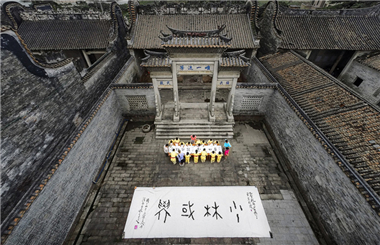



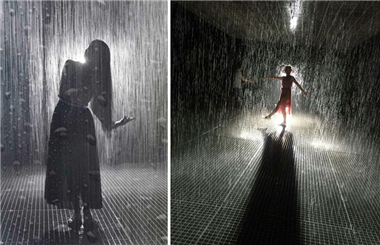

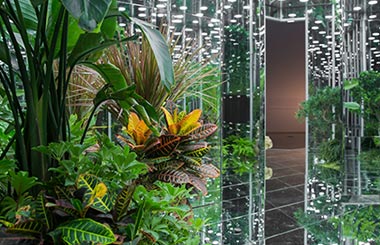
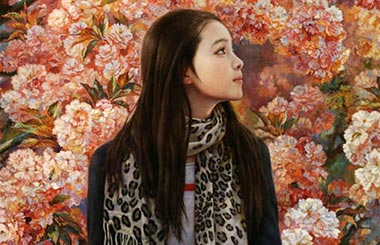

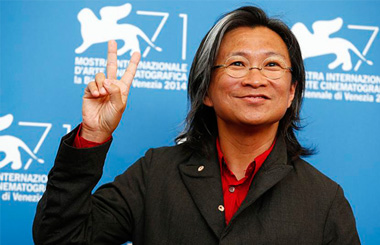


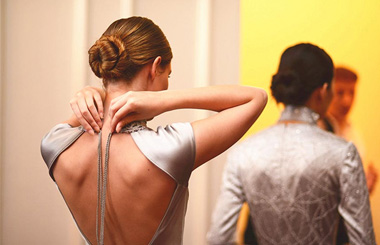



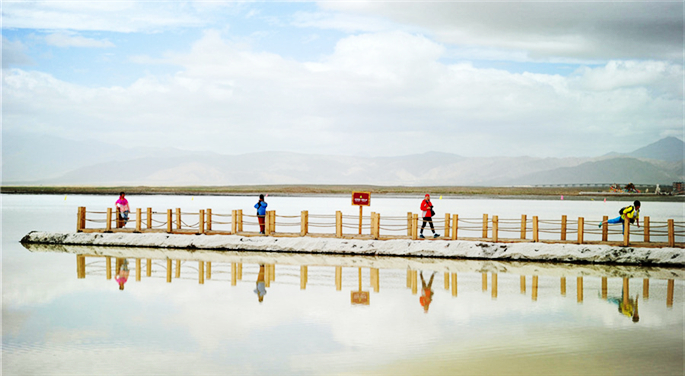

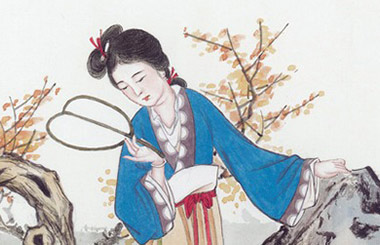

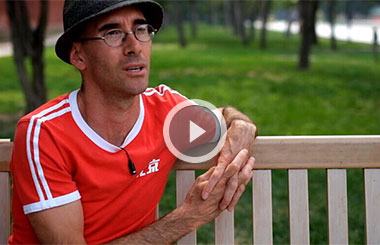

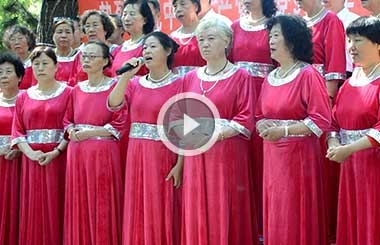
 Raymond Zhou:
Raymond Zhou: Pauline D Loh:
Pauline D Loh: Hot Pot
Hot Pot Eco China
Eco China China Dream
China Dream China Face
China Face
